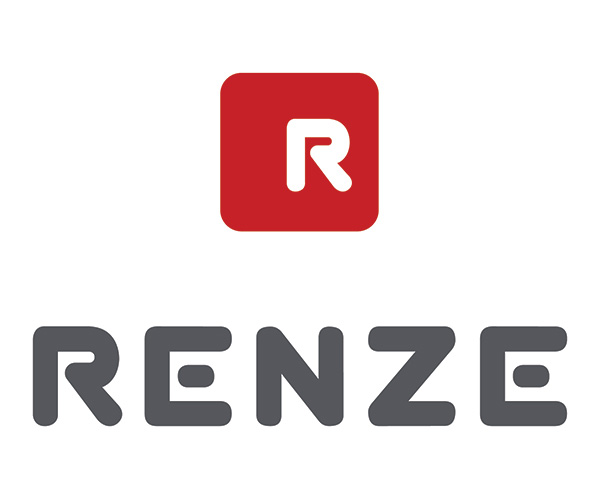November 11, 2014
Clark Rector Jr., Executive Vice President–Government Affairs
- Election Changes Legislative Landscape
- Possible Tax Reform in the New Congress
- Possible Illinois Tax Threat
- FCC Continues to Safeguard Emergency Alert System
Election Changes Legislative Landscape
Republicans won a sweeping victory on Election Day, winning control of the U.S. Senate, increasing their majority in the House of Representatives and raising the number of states with a Republican Governor by three to 31.
As of this writing, Republicans hold 52 Senate seats to 43 for the Democrats with two Independents. Three races remain undecided. Democratic incumbent, Mark Warner, looks likely to win in Virginia and Republican challenger, Dan Sullivan, in Alaska. In Louisiana, there will be a December 6 runoff between incumbent Senator, Mary Landrieu (D), and challenger Rep. Bill Cassidy (R).
Republicans may now control the Senate and its agenda, but Democrats still have significant power to influence and block action through use of the filibuster. Sixty votes will be needed to pass any major piece of legislation since that is the number of votes needed to invoke “cloture,” the only process available to end a filibuster and force a vote on an issue.
In the House, some races are still undecided, but Republicans will have at least 243 members, which would be their largest number since at least 1928.
Memberships of the committees important for advertising will not be set for some time, but many of the future leaders are already known. Senator John Thune, R-S.D., will be the new chairman of the Senate Committee on Commerce, Science and Transportation. On the House side Representative Fred Upton, R-Mich., will remain as chairman of the House Energy and Commerce Committee. In a rare loss for Republicans, Representative Lee Terry, R-Neb., who chaired the subcommittee on Commerce, Manufacturing and Trade with jurisdiction over the Federal Trade Commission and most advertising issues was defeated.
Tax Reform: An Area Of Cooperation?
In the immediate aftermath of the election, Republican leaders and President Obama were pledging cooperation on a number of issues of mutual interest. One of the most prominent of these is tax reform.
As AAF members know, major corporate tax reform plans were introduced a year ago by the chairmen of the House and Senate tax writing committees. Both of those proposals would have dramatically reduced the corporate tax rate while simultaneously eliminating many tax deductions and preferences. In both plans, only 50% of advertising expenses could be deducted in the first year. The remaining amount would then be amortized over time – five years in the Senate version, 10 years in the House. The Joint Tax Committee estimates the House version would raise $169 billion over ten years.
The plans were bipartisan as the then-chairman of Senate Finance was Democrat Max Baucus of Montana and the chairman of House Ways and Means is Republican Dave Camp of Michigan. Senator Baucus left the Senate to become U.S. Ambassador to China and Representative Camp is retiring at the end of the Congressional session, so both Committees will have new leaders in the new session.
Senator Orrin Hatch, R-Utah, will chair the Senate Finance Committee. Representatives Kevin Brady, R-Texas and Paul Ryan, R-Wis., are expected to compete to be the new chair of Ways and Means.
Fortuitously, representatives of the Utah advertising industry, including AAF-Utah, recently met with Senator Hatch to discuss the importance of maintaining full current year deductibility of advertising expenses. Representative Ryan has talked about the need for tax reform to address both corporate and personal income taxes, so that may influence how the issue is addressed as well.
On a related note, The Center for American Progress, a liberal leaning public policy research and advocacy organization, has endorsed the amortization of a portion of advertising costs over a period of time. While not making a specific recommendation, the report specifically references Ways and Means Chairman Camp’s plan. The Center’s report does acknowledge that the influx of revenue would be short-term since businesses would still eventually be able to deduct the full 100% of their advertising expenses.
AAF will continue to work with our nationwide grassroots network to educate lawmakers on the importance of maintaining the full current year business tax deduction for advertising expenses.
Possible Illinois Tax Threat
Not all the action will be in Washington, DC. At least one new governor bears watching. Early in his campaign, Bruce Rauner (R), the governor-elect of Illinois released a plan to modernize the state sales tax by extending it to many services. Potential taxable services listed included sales of advertising time and space on billboards, radio and TV, as well as advertising agencies.
AAF will work with our Illinois members to contact the Rauner administration to explain the importance of advertising to creating jobs and economic activity in the st
FCC Continues to Safeguard Emergency Alert System
One year ago, the Federal Communications Commission issued an Enforcement Alert warning that “Any transmission, including broadcast, of the EAS Attention Signal or codes, or a simulation of them, under any circumstances other than a genuine alert or an authorized test of the EAS system violates federal law and undermines the important public safety protections the EAS provides.”
The Commission has begun to take actions against violators. While AAF is not aware of any enforcement actions against advertisers, the Commission does consider broadcast advertising to be programmatic material subject to this warning. AAF members should be aware of this Alert and take care not to be in violation.
AAF Government Report is available to all members of the AAF. If you are interested in receiving an e-mailed copy, please e-mail government@aaf.org.
If you are interested in receiving AAF SmartBrief, an opt-in news service, please visit www.smartbrief.com/aaf. AAF SmartBrief condenses advertising industry news from dozens of media sources into a succinct, easy to read e-mail.
Go to the Government Affairs Main Page.





